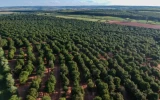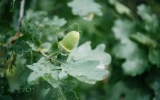Why Is My Macadamia Tree Not Producing Nuts?
When you have a macadamia tree in your backyard, you look forward to the season when it bursts with nutritious nuts. But what if your macadamia tree isn't bearing any fruit? In this article, we'll explore the best possible reasons that are keeping your macadamia trees from producing a bountiful harvest.
If your tree is too young, it may simply not be mature enough to bear fruit—macadamia trees can take several years before they start producing nuts. Another issue could be inconsistent watering or unfavorable weather conditions, such as a heavy downpour during flowering that can wash away pollen.
Additionally, pests can be a culprit in disrupting the nut-setting process by damaging the flowers. As you read further, we'll explore other factors that could be affecting your macadamia tree's ability to produce nuts.
Being aware of these potential pitfalls when establishing a macadamia orchard can help a farmer take steps to avoid them through proper orchard design, irrigation, and fertilization.
Summary
- Insufficient pollination, caused by factors such as a lack of pollinators, geographical isolation, and adverse weather conditions, can lead to reduced nut production in macadamia trees.
- A deficiency in essential nutrients, including nitrogen, phosphorus, potassium, and essential trace elements, can limit the nut production of the macadamia tree.
- Improper pruning, such as excessive removal of foliage and branches, can impact the tree's ability to photosynthesize and produce energy, ultimately affecting the development and maturation of nuts.
- Various pests and diseases, such as nut borer insects, Phytophthora root rot, macadamia dieback, macadamia lace bug, and mite infestations, can have a significant impact on the health of macadamia trees and their nut production.
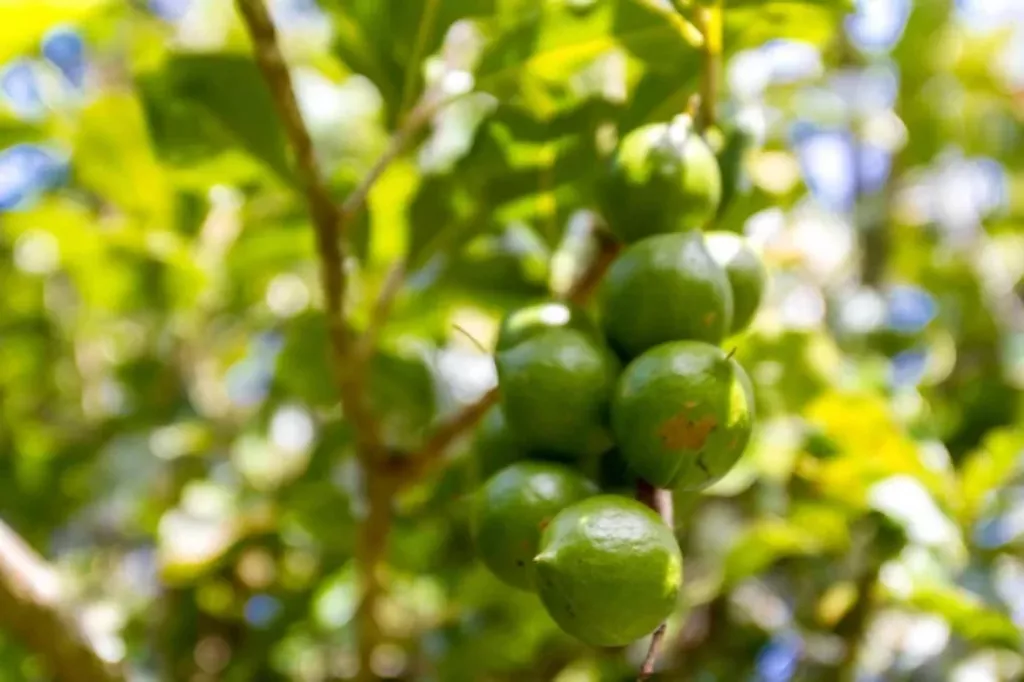
On this page:
Why Macadamia Trees Are Not Fruiting
When your macadamia tree isn't producing nuts, you need to investigate several key areas: root and soil health, water provision, exposure to sunlight and appropriate temperatures, adequate nutrition, propagation techniques, and pruning methods. Each aspect plays a pivotal role in the overall productivity of your macadamia tree.
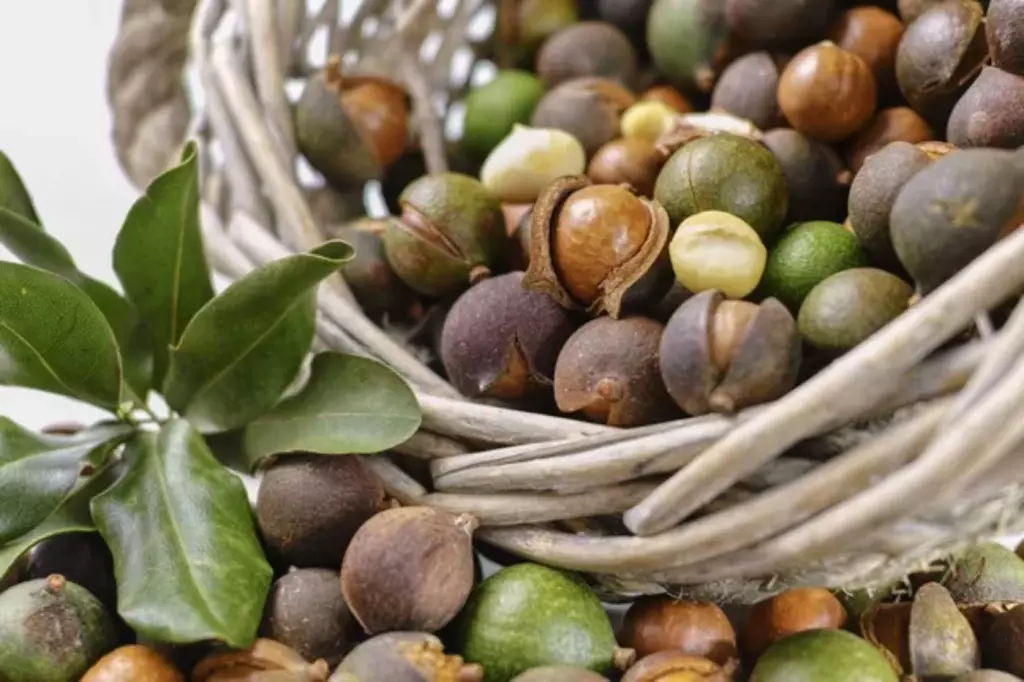
They might not be pollinating enough
Insufficient pollination can have a significant impact on the productivity of macadamia trees. Macadamia trees, like many other fruit-bearing plants, rely on effective pollination to set fruit and produce nuts.
When pollination is inadequate, the trees may not yield a satisfactory amount of nuts, leading to reduced harvests and potentially impacting the overall profitability of macadamia farming operations.
One of the primary reasons for insufficient pollination in macadamia trees is the lack of pollinators, particularly bees, during the flowering period.
Bees are highly effective pollinators for macadamia trees, as they transfer pollen from the male flowers to the female flowers, facilitating the fertilization process.
However, factors such as habitat loss, pesticide use, and diseases affecting bee populations can lead to a scarcity of bees in certain areas, thereby hindering the pollination of macadamia trees.
In addition to the shortage of pollinators, the geographical location and environmental conditions can also contribute to insufficient pollination. Macadamia trees in isolated areas, far from other trees of the same species, may experience limited cross-pollination opportunities, as they rely on pollen from different trees to achieve optimal fertilization.
Furthermore, heavy rain during the flowering period can disrupt the pollination process by washing away pollen or preventing pollinators from foraging, thereby reducing the chances of successful fertilization.
One approach to addressing the issue of insufficient pollination in macadamia trees is to introduce managed beehives or encourage the presence of native bee populations in the orchard to improve pollination efficiency.
Creating a bee-friendly environment by planting flowering plants and minimizing the use of harmful pesticides can help attract and sustain bee populations, thereby boosting pollination success.
Furthermore, careful consideration of orchard location and planting arrangements can promote better cross-pollination among macadamia trees. Clustering trees of different varieties in close proximity can increase the chances of pollen transfer and enhance overall pollination rates.
Additionally, implementing protective measures, such as providing shelter during heavy rain or wind, can safeguard the pollination process and mitigate the negative impact of adverse weather conditions.
They might have nutrient deficiency
One factor that sets the flowering and nut production of macadamia trees is ensuring that they receive balanced fertilization. This balanced fertilizer should contain nitrogen, phosphorus, potassium, and essential trace elements.
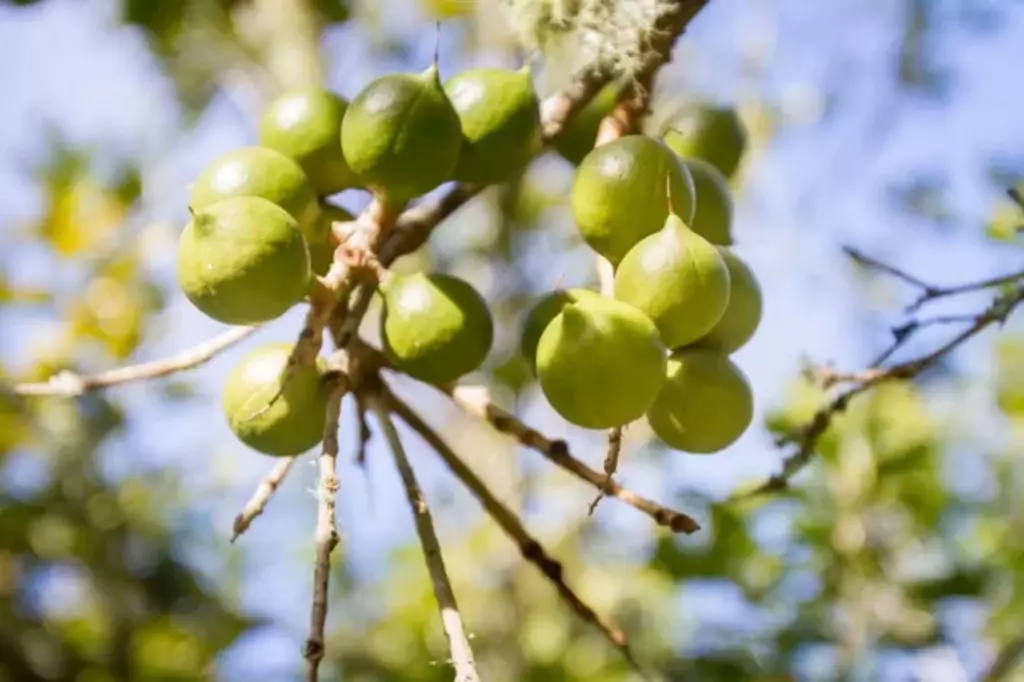
Nitrogen is essential for promoting healthy foliage growth, which is important for the overall health of the tree and its ability to produce nuts.
Phosphorus plays a key role in root development and overall energy transfer within the tree. Potassium helps with flower and fruit development, which directly impacts nut production.
In addition to these primary nutrients, essential trace elements such as magnesium, calcium, sulfur, and others are also critical for the tree's overall health and productivity.
These elements play essential roles in various physiological processes within the tree, and their deficiency can lead to stunted growth and reduced nut production.
You might be over-pruning or pruning the trees at the wrong time of year
Pruning is a crucial horticultural practice that can directly influence the productivity and health of macadamia trees. When done improperly, it can lead to reduced nut yield and overall tree vigor.
An interesting fact about macadamia trees is that they are known for their long juvenile phase, which can last up to 7–10 years before reaching full production. During this period, the tree undergoes significant growth and development, and pruning plays a critical role in shaping the tree's structure and promoting optimal fruiting.
Over-pruning, which involves removing an excessive amount of foliage and branches, can have detrimental effects on nut yield. This is because excessive removal of foliage can reduce the tree's ability to photosynthesize and produce energy, ultimately impacting the development and maturation of nuts.
Additionally, over-pruning can lead to stress in the tree, making it more susceptible to diseases and pest infestations, further compromising nut yield.
Pruning at the wrong time of year can also negatively impact nut yield in macadamia trees. Pruning during the active growing season or when the tree is preparing for flowering and fruit set can disrupt these processes, leading to a reduction in nut yield.
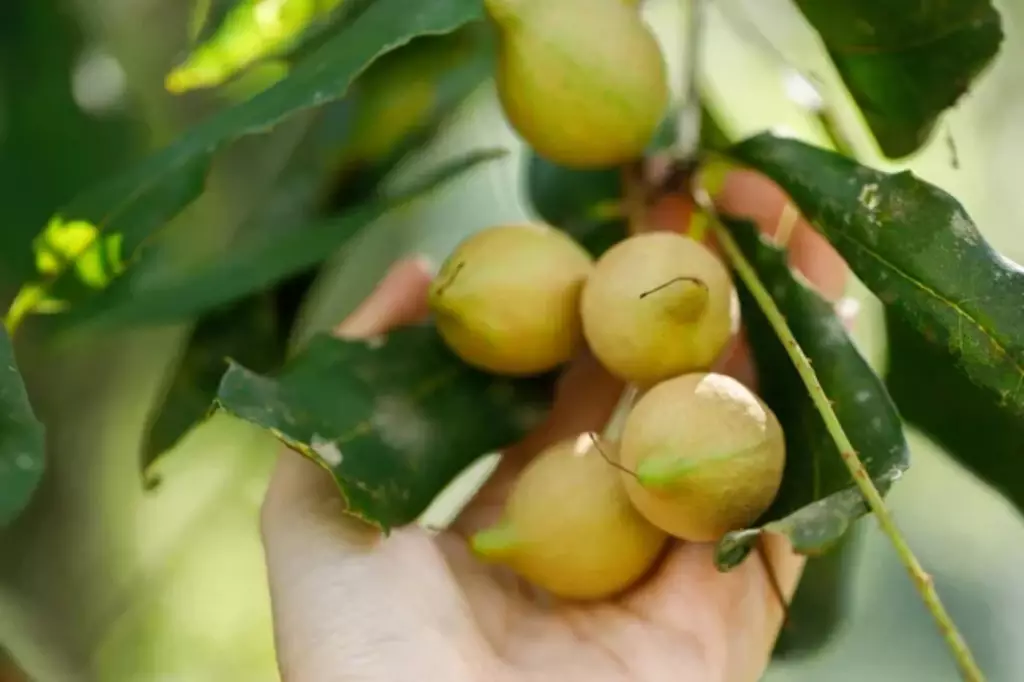
Improper timing can also result in the removal of potential fruiting wood, which is essential for the development of nuts.
To mitigate the negative effects of over-pruning and improper timing, you need to follow best practices for pruning macadamia trees. This includes understanding the tree's growth habits, conducting selective and moderate pruning to maintain a balance between vegetative growth and fruit production, and timing the pruning to coincide with the tree's natural growth cycles.
There could be pests and diseases that are affecting the tree's health
Pests and diseases can have a significant impact on the productivity of macadamia trees, leading to a decrease or complete halt in nut production. There are several ways in which pests and diseases can affect macadamia trees:
| Pest/Disease | Impact on Macadamia Trees |
|---|---|
| Nutborer insects | Bore into nuts and twigs, leading to reduced nut quality and yield. Severe infestations can cause the loss of nuts. |
| Phytophthora root rot | Causes rotting of roots and lower trunk, leading to a decline in tree health and nut production. |
| Macadamia dieback | Affects root system, leading to reduced nutrient uptake and overall tree vigor, impacting nut production. |
| Macadamia lace bug | Causes defoliation, reduced photosynthesis, and decrease in nut production. Severe infestations can halt nut production. |
| Mite infestations | Damage leaves and developing nuts, leading to reduced nut set and poor-quality nuts, impacting overall nut production. |
Nutborer insects
Nutborer insects, such as the macadamia nut borer and the macadamia twig girdler, can cause damage to the nuts and twigs of macadamia trees.
The larvae of these insects bore into the nuts and twigs, leading to reduced nut quality and yield. Severe infestations can result in a complete loss of nuts.
Phytophthora root rot
Phytophthora root rot is a soil-borne disease caused by Phytophthora spp. This disease can lead to the rotting of the roots and lower trunk of macadamia trees, ultimately causing a decline in tree health and nut production. Infected trees may exhibit wilting, yellowing of leaves, and a reduction in nut yield.
Macadamia dieback
Macadamia dieback, caused by the fungus Phytophthora cinnamomi, can result in the decline and death of macadamia trees. This disease affects the root system, leading to reduced nutrient uptake and overall tree vigor. As a consequence, nut production is significantly impacted, and trees may cease to produce nuts altogether.
Macadamia lace bug
The macadamia lace bug is a sap-sucking insect that can cause significant damage to macadamia trees. Infestations can lead to defoliation, reduced photosynthesis, and ultimately a decrease in nut production. Severe infestations may cause trees to stop producing nuts entirely.
Mite infestations
Mites, such as the macadamia felted coccid and the Eriophyid mite, can infest macadamia trees and cause damage to leaves and developing nuts. This can lead to reduced nut sets and poor-quality nuts, ultimately impacting overall nut production.
In response to these challenges, macadamia growers often implement integrated pest management strategies and disease control measures. These may include the use of pest-resistant tree varieties, cultural practices to promote tree health, biological control agents, and targeted pesticide applications.
Additionally, maintaining proper irrigation, nutrition, and soil health can help reduce the impact of pests and diseases on macadamia trees and sustain nut production.
The environmental conditions may not be suitable
The three primary environmental factors that significantly influence nut production in macadamia trees are light, temperature, and water.
Macadamia trees require a substantial amount of sunlight to produce a bountiful nut harvest
Ideally, these trees need six to eight hours of direct sunlight daily. Sunlight is essential for the process of photosynthesis, through which the tree produces energy to support growth and nut development.
Inadequate sunlight can lead to reduced photosynthetic activity, stunted growth, and diminished nut production. Therefore, choosing an appropriate planting location that ensures ample sunlight exposure is crucial for maximizing nut yield.
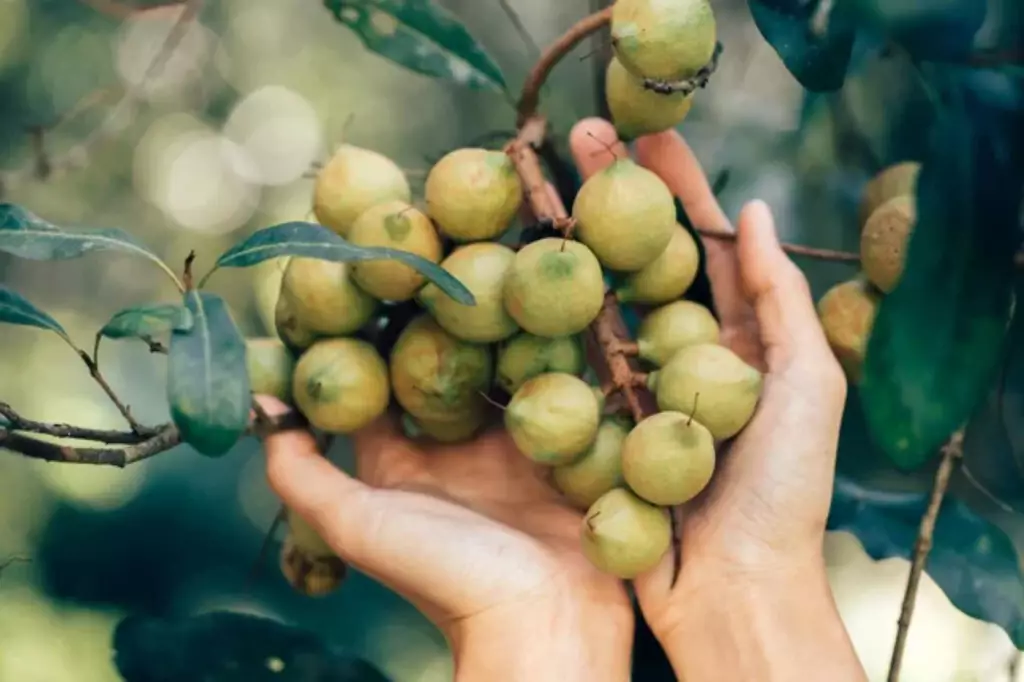
Temperature plays a vital role in the growth and development of macadamia trees
Extreme temperatures, whether excessively high or low, can have adverse effects on nut production. Macadamia trees thrive in moderate temperatures and can be sensitive to frost.
Prolonged exposure to extreme heat or cold can disrupt the tree's physiological processes, leading to reduced flowering and fruit set. Therefore, try to consider the local climate and select planting locations that offer a suitable temperature range for optimal nut production.
Adequate water supply is essential for the development of macadamia trees
These trees require regular watering, especially during dry spells, to ensure optimal nut production. Insufficient water availability can lead to stress in the trees, affecting their ability to flower and set fruit.
Drought conditions can significantly impact nut production, leading to smaller yields or even crop failure. Therefore, you will need to monitor soil moisture levels and provide supplemental irrigation as needed to mitigate the risks associated with water scarcity.
